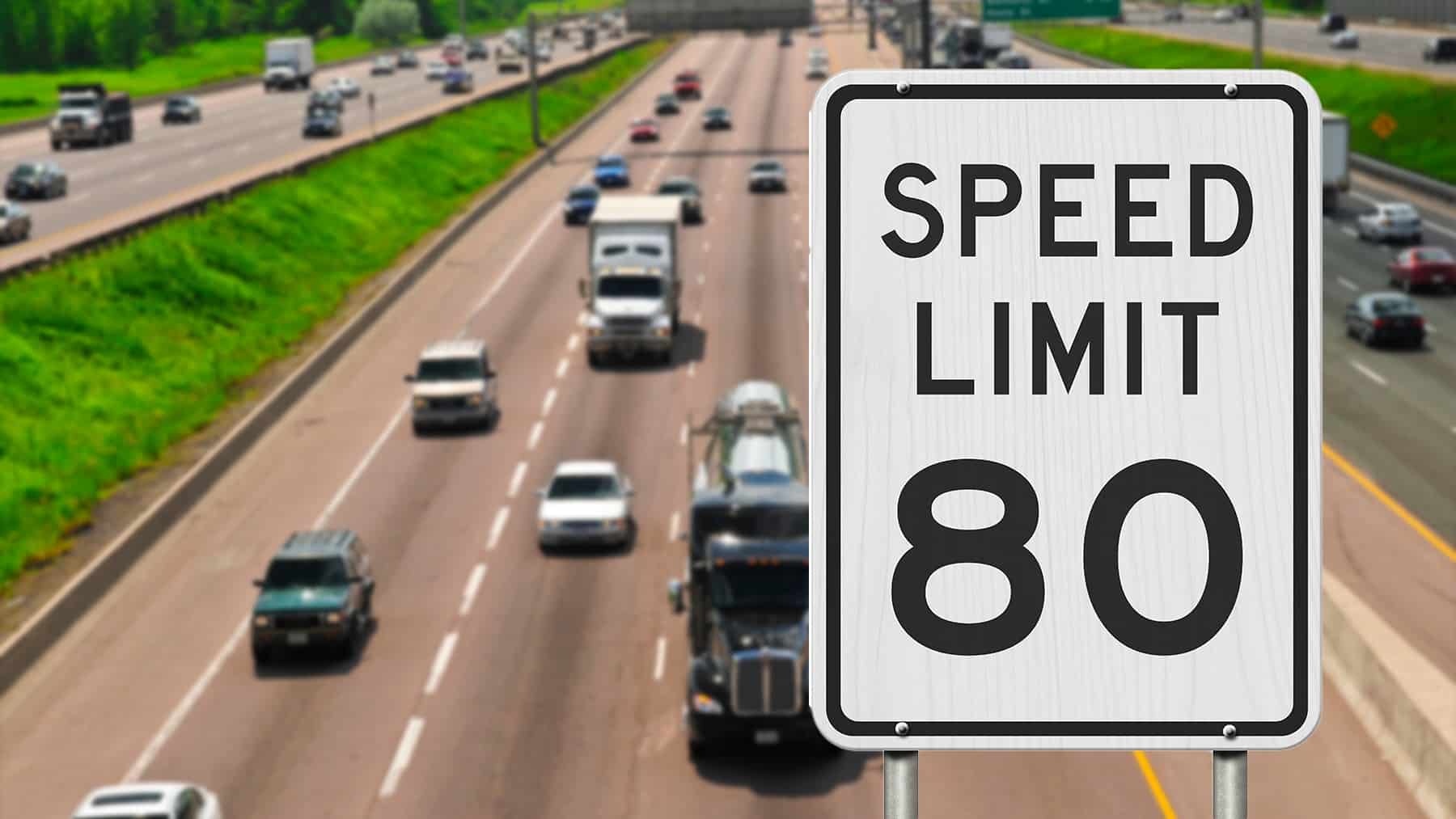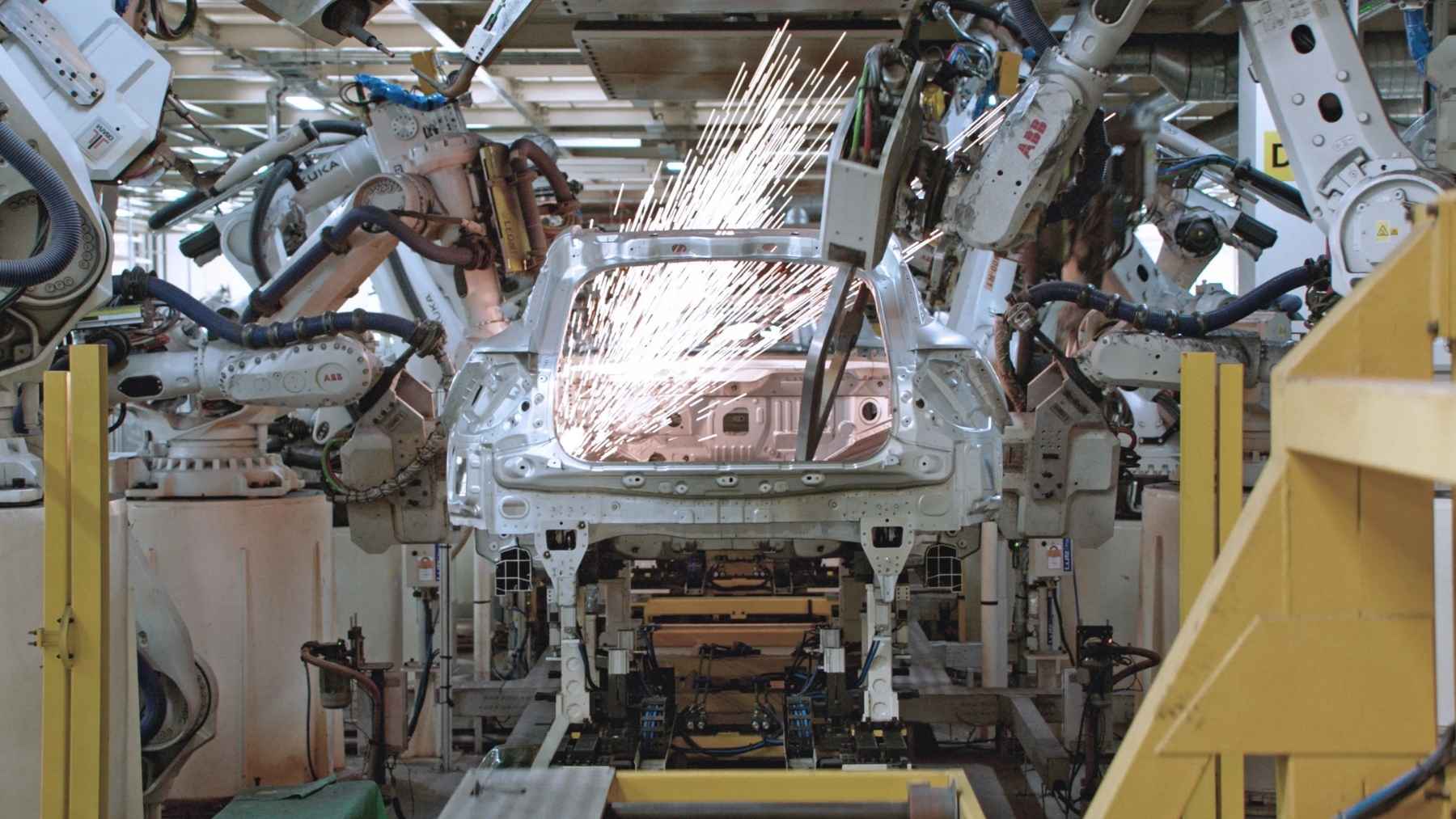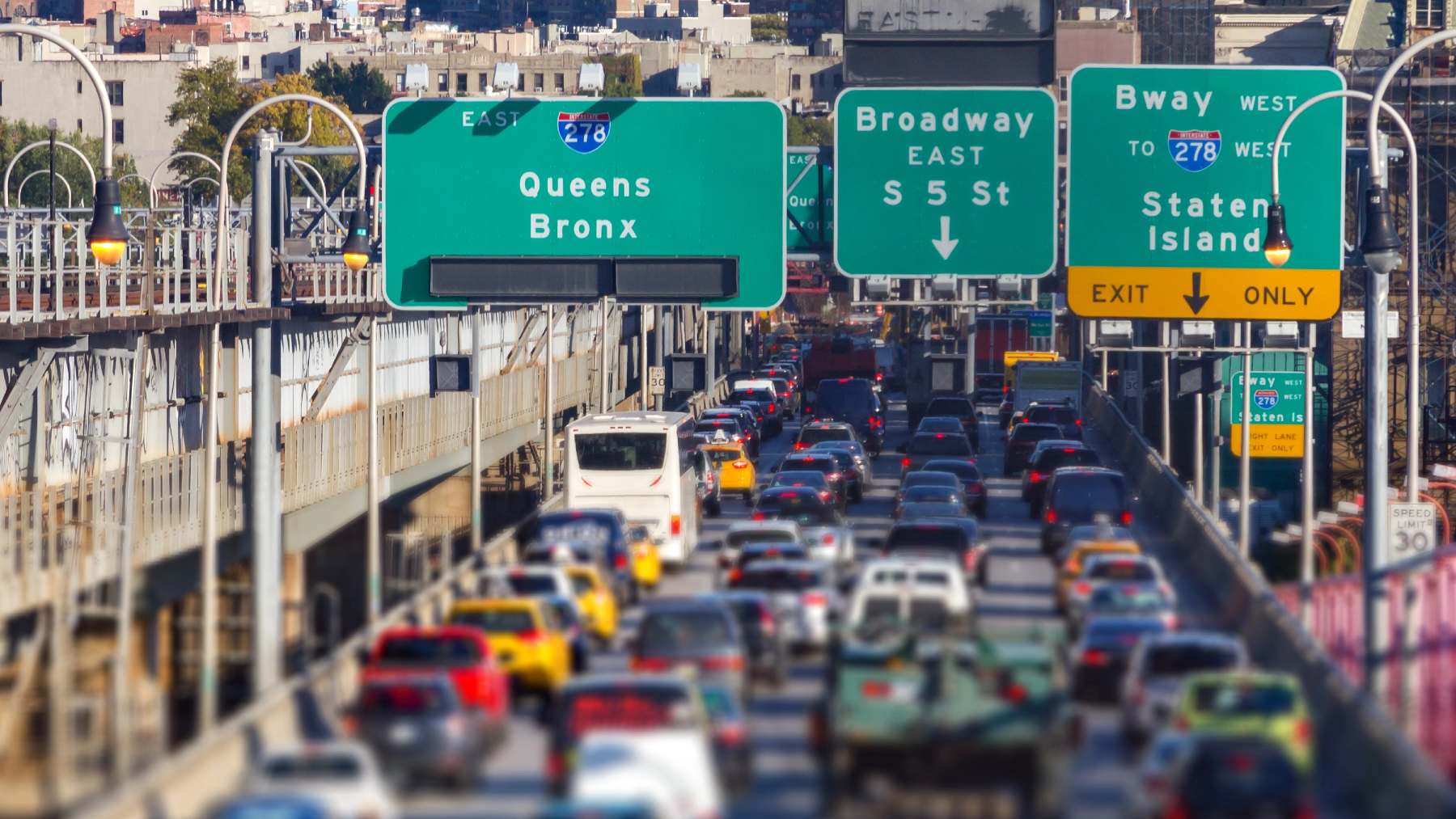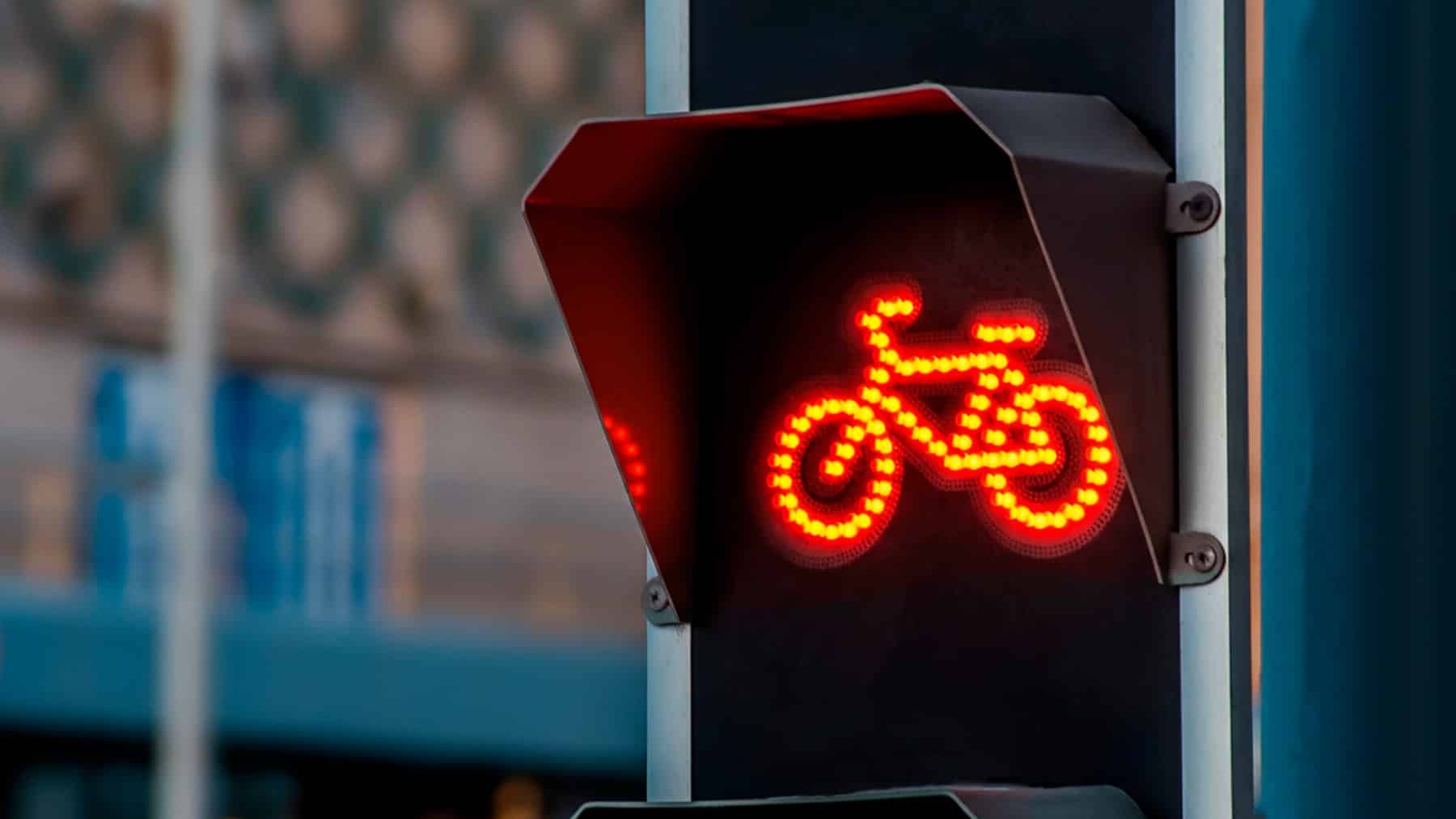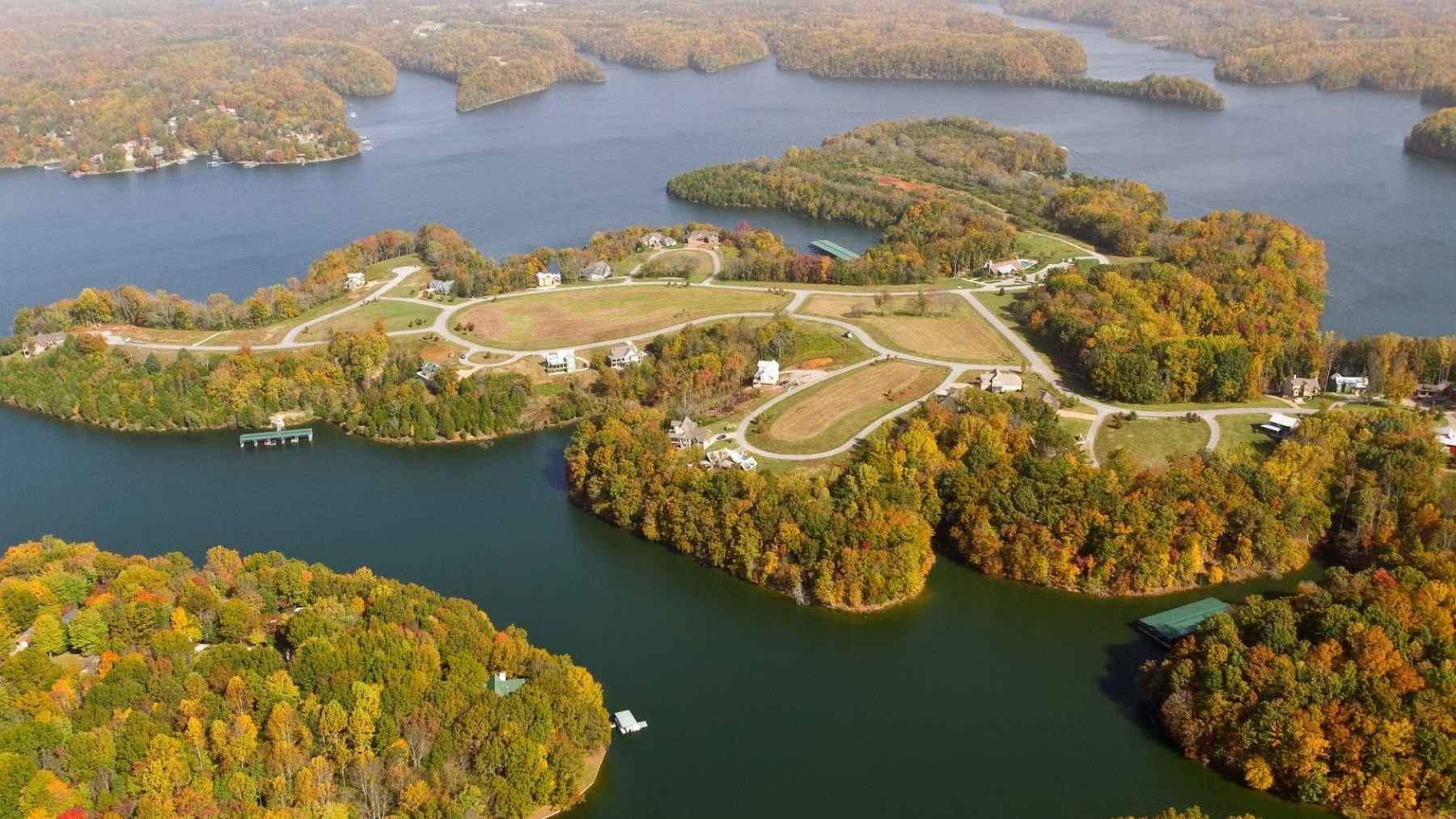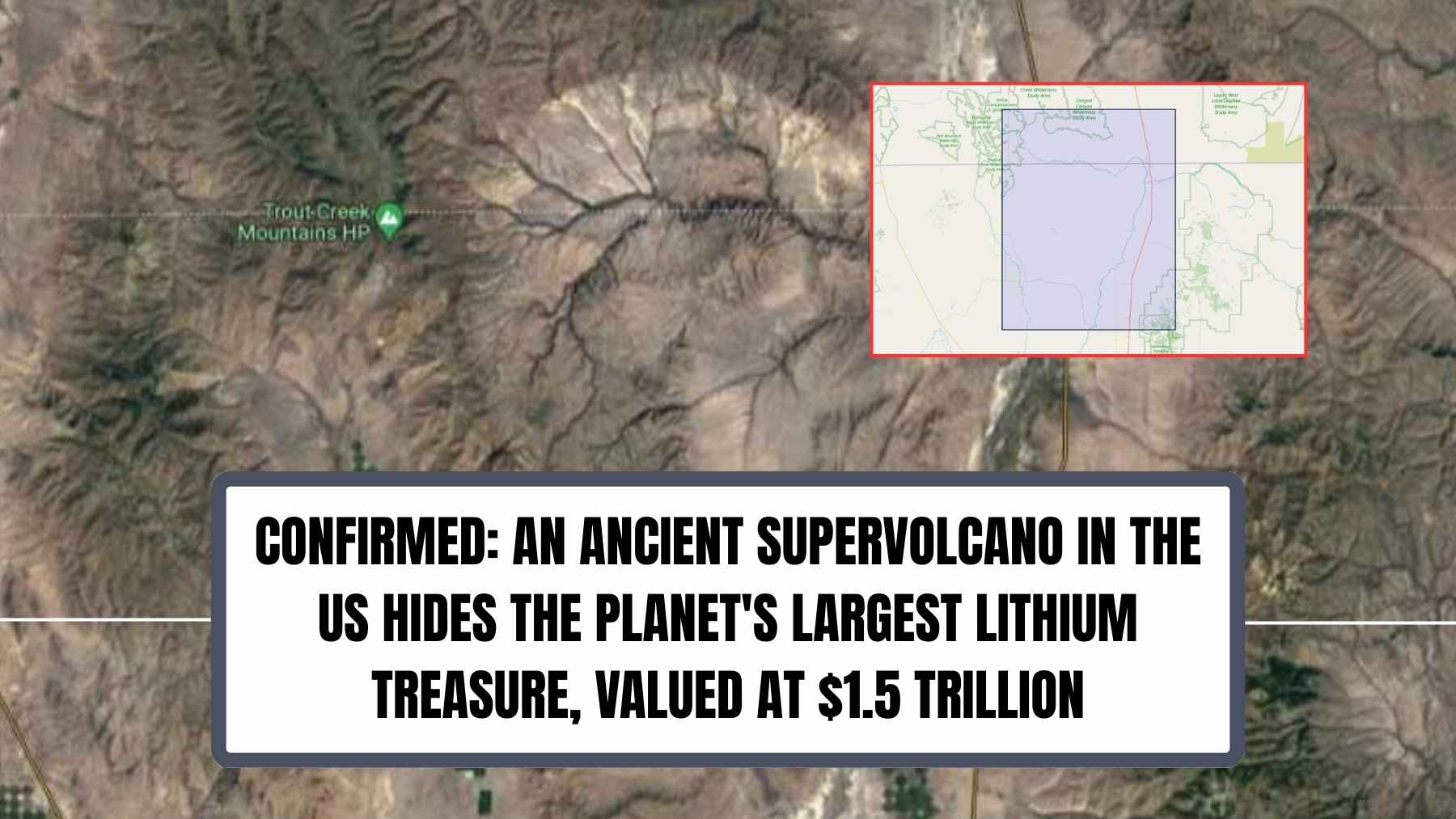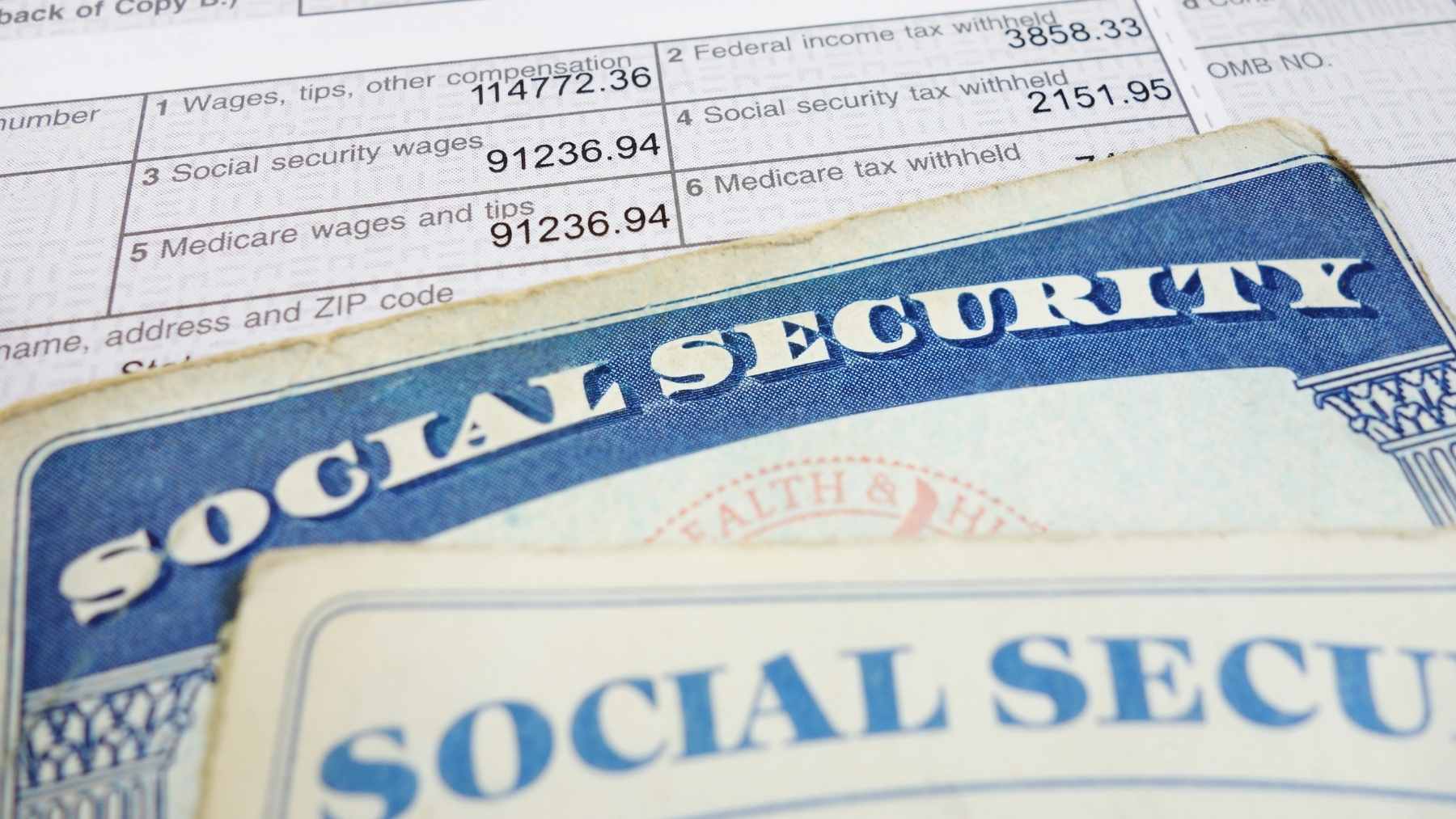This month marks the 80 mph speed limit increase that will be permitted on certain roads in one state. Drivers in the state can now driver faster than ever before on certain roads in the state. The new law sees the speed limit increasing on specific interstates in the state, however, the speed limit, particularly on urban roads, will be reduced to ensure safety on the roads. Drivers who are unable to adhere to the new set rules implemented from August 1 will have to pay hefty fines for their non-compliance. This House Bill 1298 allows drivers in North Dakota to drive at 80 mph on Interstates 29 and 94 legally.
Understanding the new state speed limits
According to House Bill 1298, the new set speed limit of 80 mph came into effect this August and will allow drivers to increase their speed when driving on stretches of I-29 and I-94. Alongside getting used to idea of increased speed limits in the state, many of the North Dakota citizens should notice novel road signs as well. The Department of Transportation in North Carolina worked on new signs and as of yesterday such newer road signs could be spotted by drivers. After a two to three week period, all new speed signs will be seen. The road signs will be put up in a strategic way so that confusion is avoided and all signs are put up where required.
Not all interstates will see speed limit increases
While the speed is increasing on certain highways, some drivers in certain areas of the state will have to slow down. Speed limits on certain interstates, such as Jamestown, Grand Forks, Medora, Valley City, and Dickinson, will be reduced from 75 mph to 70 mph. Such areas have been labeled high-traffic-volume areas, and thus officials feel that reducing the speed limit will lead to better safety.
The 5 mph is not a significant difference, and it will not be too difficult for citizens to adjust to. Certain areas in West Fargo and Bismarck will see the speed limit decreasing. Citizens will see the 55 mph zone in West Fargo extending past the Sheyenne Street exit, and the 60 mph zone near Bismarck will also be legally permitted to the stretch eastwards, extending beyond Exit 161. Even Medora’s speed limit will be reduced to 70 mph.
Lower speed limits will have to be adhered to, but most interstates will now see the newly increased speed limit of 80 mph fall into place.
The price of speeding in the state
Despite this state’s highways going full throttle in August, the increased speed will mean hefty fines. Drivers who exceed highway speed limits of 65 mph will have to pay a fine of $5 for every mile per hour over the set speed limit, or they may be inclined to pay a flat payment of $20, depending on the higher amount. Drivers who are caught driving at 16 mph above the speed limit will have a $20 surcharge added as well.
Going 96 mph on an 80 mph highway could result in a hefty fine of $100, while going about 95 mph on an 80 mph highway could see drivers paying a $75 fine. The fines for speeding near construction zones where workers are busy working will be about $150.
The increase in speeding fine amounts reflects that faster speed also comes with limitations and ties in with the state’s attempt to promote road safety altogether.
Safety a sure priority in the state
Since the speed limits will change in 6 states, the speed limit change in North Dakota does not seem too strange. The change in speed limitation to 80 mph on highways reflects modern driving trends whilst still putting the priority of all road users on top. Since drivers tend to reach 81 mph on such highways, the change merely reflects the reality on these roads.
House Bill 1298 in the Legislative Assembly of North Dakota has, however, taken into consideration more complex and congested routes and set the speed limits for those areas accordingly. Perhaps such changes will lead to smarter and better driving throughout the state.
